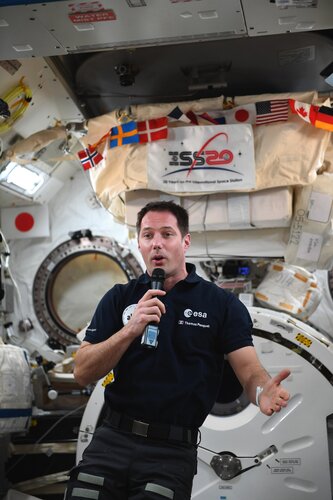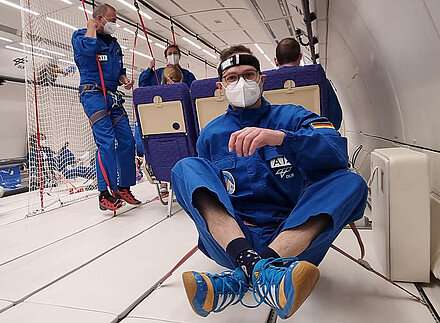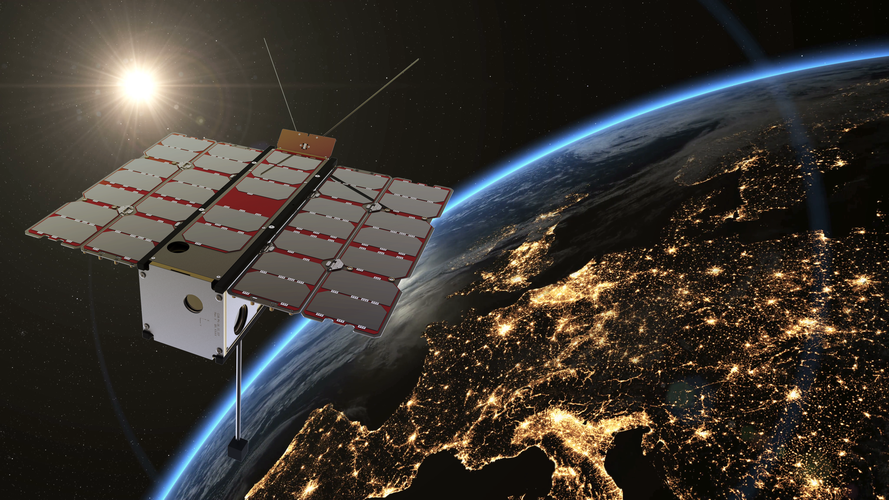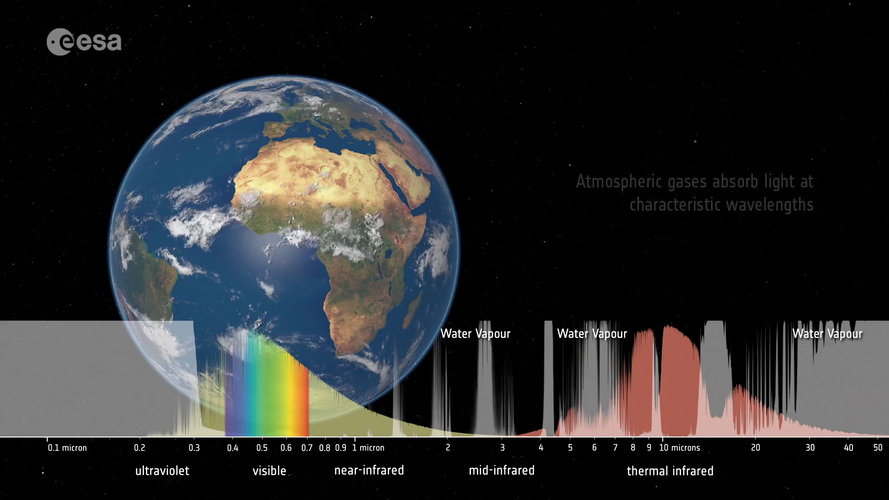
Copernical Team
Thomas during event from Space Station
 Image:
Thomas during event from Space Station
Image:
Thomas during event from Space Station Medical experiments in space

The SpaceX carrier rocket lifted off from NASA's Kennedy Space Center in Florida, U.S. early on Thursday morning, Central European Time. The 'Cosmic Kiss' mission's four crew members will travel to the International Space Station (ISS) on board a Crew Dragon capsule. They will remain on the ISS until April 2022. Joining his three NASA colleagues is ESA astronaut Dr. Matthias Maurer, the 12th German in space and the fourth German on the ISS. This will be the 51-year-old materials scientist's first-ever space flight, for which he has been training and preparing since April 2020.
During his mission, Dr. Maurer will conduct an array of experiments. Responsibility for the selection and coordination of the mission's German experiments rests with the German Space Agency at the DLR. All experiments have completed numerous testing stages, such as parabolic flights.
Off-Earth manufacturing symposium: how to build a new home in space

For long-term stays on the Moon and Mars, we would need to use local materials to build on location. Off-Earth manufacturing could be used to construct infrastructure that meets needs such as shielding crews and equipment from radiation, providing food and water, and generating electricity.
Mapping our human footprint from space

The world’s population is expected to reach 9.7 billion in 2050, according to the UN Department of Economics and Social Affairs. Urban areas are already home to 55% of the world’s population and that figure is expected to grow to 68% by 2050. Rapid and unplanned urbanisation, combined with the challenges brought by climate change, can lead to an increase in air pollution, higher vulnerability to disasters, as well as issues related to the management of resources such as water, raw materials and energy.
To improve the understanding of current trends in global urbanisation, ESA and the German Aerospace Center (DLR),
RadCube reaches out
 Image:
RadCube reaches out
Image:
RadCube reaches out Tuning in to Earth’s climate
 Video:
00:03:28
Video:
00:03:28
Satellites observe the Earth using a range of wavelengths on the electromagnetic spectrum. Different wavelengths allow us to probe different aspects of Earth’s land, atmosphere and ocean. By sampling the electromagnetic spectrum at multiple wavelengths, we can build a more complete picture of Earth’s complex climate system.
ESA acts to protect governmental data

Keeping information secure is becoming ever more important in today’s interconnected digital world.
Innovative space data service starts to take shape

Plans to create a network of satellites that supply data from space to improve life on Earth have entered a new phase.
Spirent Offers First Commercially Available Test Capability for Galileo HAS
 Spirent Communications plc has announced the launch of the industry's first commercially available simulation test solution for the Galileo High Accuracy Service (HAS), via a beta interface implementation based on HAS ICD version 1.2. During the development of the solution, Spirent collaborated with GMV, a leader in cutting-edge GNSS high-accuracy technologies.
Galileo HAS will provide fre
Spirent Communications plc has announced the launch of the industry's first commercially available simulation test solution for the Galileo High Accuracy Service (HAS), via a beta interface implementation based on HAS ICD version 1.2. During the development of the solution, Spirent collaborated with GMV, a leader in cutting-edge GNSS high-accuracy technologies.
Galileo HAS will provide fre Groundbreaking Iridium Certus 100 Service Launches with Partner Products for Land, Sea, Air and Industrial IoT
 Iridium Communications reports that its Iridium Certus 100 "midband" service is now commercially available for maritime, land mobile, IoT, aviation and government customers. Iridium Certus 100 provides a unique blend of capabilities for satellite connectivity, enabling small, low-profile antennas and battery-powered devices designed for maximum mobility, but with IP data speeds that efficiently
Iridium Communications reports that its Iridium Certus 100 "midband" service is now commercially available for maritime, land mobile, IoT, aviation and government customers. Iridium Certus 100 provides a unique blend of capabilities for satellite connectivity, enabling small, low-profile antennas and battery-powered devices designed for maximum mobility, but with IP data speeds that efficiently 